Pikillacta Archaeological Park, nestled on the slopes of Cerro Huchuy Balcón and overlooking Huacarpay Lagoon in Cusco, Peru, is a notable pre-Inca urban settlement. It was a significant Wari administrative center during the middle horizon, reflecting the rich culture of the Central Andes.
What sets Pikillacta apart is not just its enormous size but also its urban layout and the towering adobe walls of its buildings. With its narrow, long streets enclosed by a perimeter wall, Pikillacta's unique planning and architecture stand out as one of the most impressive constructions by the Wari in the Southern Valley of Cusco.
Pikillacta Archaeological Site
Pikillacta is a captivating archaeological site that spans over 50 hectares in Peru, once thriving as an administrative and residential center. This site is renowned for its grid-like urban planning and an impressive array of structures, including homes, storage facilities, agricultural terraces, water systems, and robust walls.
With more than 700 buildings, the Pikillacta ruins showcase the builders' expertise in using local materials. Stones from the region were meticulously assembled with clay and coated with white plaster, a technique that not only has stood the test of time but also creates a striking contrast with the natural landscape.
The dimensions of the structures vary, with some reaching up to 50 meters on one side, though most are about 12 meters. Surrounded by a wall, the internal space of the site is neatly organized by streets that divide the area, reinforcing its organized and functional character.
The meaning of Pikillacta
The name "Pikillacta" comes from Quechua, where "piki" means flea and "llaqta" means town. This name refers to the "town of fleas" due to skin eruptions caused by fleas among its ancient inhabitants. However, "piki" also means lightness and agility, highlighting the physical prowess of those who lived there. Although not documented in ancient chronicles and known before the Spaniards' arrival as Mohina or Muyna, Pikillacta holds stories and mysteries in its name that reflect the rich culture of its residents.
Important facts and legends
The legend of Sumaq T'ika
During the reign of Inca Huayna Qhapac, the kuraka Rumichaca, chief of the town of Moyna (now Pikillacta), used his daughter Sumaq T'ika's wedding to enhance the local infrastructure. He declared that only the suitor who could bring water to his palace would marry her. Two suitors took on the challenge: Auqui T’ito from Jaquijahuana and Atoq Rimachi from the highlands. Auqui T’ito successfully completed the canal, winning Sumaq T'ika’s hand.
Despite his reservations, Rumichaca honored his word, but on their wedding night, he locked the newlyweds in a flea-infested room. Tragically, the fleas devoured the couple. Following this event, Rumichaca was renamed Moyna Pikillacta, a name that persists to this day.
Pikillacta history
Pikillacta Cusco thrived during the Middle Horizon (600 AD - 1000 AD) as the Wari empire expanded, establishing a major administrative, residential, and ceremonial center in the southern valley.
This period marked the peak of the Wari culture, noted for its advanced urban planning with a grid of narrow, long streets. Later, in the Late Intermediate period, it became the hub for the Pinagua (Lucre) ethnicity and was eventually taken over by the Incas. Throughout the colonial and republican eras, estates were established in the area, showing continuous occupation that influenced the architectural structure.
Pikillacta Wari occupation
Research suggests that the Waris, influenced by interactions with other highland groups, initially settled in Huaro before building Pikillacta as their primary administrative center. Although inhabited for 200 to 400 years from its construction in 530 AD, many of its structures were never completed, though the streets and main sectors are meticulously organized.
Decline and abandonment
Pikillacta was abandoned around 1,115 AD after being used by the Waris until the Late Intermediate period. Studies indicate that the site was likely abandoned deliberately and possibly set on fire, a fate it shared with Huaro. The exact reasons for its decline are still debated, possibly due to resource shortages, climate change, or local conflicts leading to its subjugation by the Incas.
Today
Today, Pikillacta Peru stands as the best-preserved pre-Inca city in the Southern Valley of Cusco. Known for its massive walls and two-story adobe structures, it is a key archaeological site attracting visitors interested in its urbanistic and architectural value.
Location
The archaeological complex of Pikillacta is located northeast of the Lucre basin, in the district of the same name, Quispicanchi province, Cusco department, on the tributaries of the Huatanay and Vilcanota rivers at an altitude of 3,250 meters above sea level, about 30 km south of the city of Cusco.
How to get to Pikillacta from Cusco?
Parque arqueológico Pikillacta is located northeast of the Lucre basin, in the district of the same name, Quispicanchi Province, Cusco Department, along the tributaries of the Huatanay and Vilcanota rivers at an altitude of 3,250 meters above sea level, about 30 km south of the city of Cusco. Pikillacta is just 28 km from Cusco, accessible via the paved Cusco-Puno and Cusco-Arequipa routes. A detour of about 500 meters passes through the archaeological sites of Onocochayoq and Tantaestancia, leading directly to the park. This easy access visits Pikillacta a natural extension of any trip from Cusco.
What to see in Pikillacta?
- Great Wall of Pikillacta: This imposing wall, up to 10 meters high and built before the other structures, served as defense and demarcation.
Plaza Mayor of Pikillacta: Located in sector 3, this large open plaza is flanked by 11 rectangular structures called Kanchas, used for large gatherings.
Qolqas of Pikillacta: In sector 4 to the west, 501 semi-circular structures served as storage facilities in the Wari empire.
Kanchas of Pikillacta: Spread across various sectors, these walled structures with internal architecture served as dwellings.
Canchones of Pikillacta: These areas, consisting of 12 large blocks, might have functioned as corrals, although their specific use is still under study.
Pikillacta Site Museum: At the park's entrance, the museum displays paleontological and archaeological collections, including a prehistoric glyptodont, offering a deep insight into the area's history and culture.
Valuable Tip | It is advisable to visit the entire site of Pikillacta, which has four exciting sectors with its two-story adobe constructions; its main square shows open spaces, immense walls, its kanchas, and the number of qolqas located on the west side.
Weather
The weather at Pikillacta Archaeological Complex is temperate, with daytime temperatures reaching up to 23°C (73.4°F) and night temperatures dropping to about 3°C (37.4°F). The average annual temperature is 14.1°C, and the average annual precipitation is 656 mm.
Read More | Peru weather essentials.
The best time to visit Pikillacta
Pikillacta in Cusco is open year-round, but the best time to visit is during the dry season from May to October. During these months, the absence of rain and clear skies ensure great visibility of the site, allowing for an optimal visiting experience.
Flora
Pikillacta boasts a rich biodiversity of plant species, especially in the shrubs, including Molle (Schinus molle), Maguey (Agave americana), Gigantón (Echinopsis cuscoensis), R'ocke (Colletia spinosissima), Achupalla (Puya sp), Q'euña (Polylepis racemosa), Quisuar (Buddleja incana), and K'antu (Cantua buxifolia), among others.
Fauna
The area around Pikillacta hosts a wide variety of birds, mammals, amphibians, fish, reptiles, arachnids, and insects, including the Andean Goose (Chloephaga melanoptera), White-tufted Grebe (Rollandia rolland), Cinereous Harrier (Circus cinereus), Andean Lapwing (Vanellus resplendens), Andean Fox (Ducycion Culpaeus), Pampas Cat (Felis Colocolo pajarero), and Peruvian Viscacha (Lagidium peruanum inca), among others.
Valuable Tip | I recommend visiting Huacarpay Lagoon early in the day, and don't forget to bring your binoculars to enjoy spotting local birds.
Architectural parallels between Pikillacta and Viracochapampa
The archaeological site of Pikillacta features architecture similar to Viracochapampa in northern Peru. Both belonging to the Wari culture, they display meticulous urban planning with central rectangular courtyards and surrounding structures. The architectural blocks are almost perfectly square and large, with many empty spaces suggesting that the construction of these sites was never completed.
Notable archaeological sites in Pikillacta, Cusco
Andenes de Amarupata: Situated to the south of Lucre, on the slopes of Cerro Qosqoqhahuarina, this set of agricultural terraces is still actively used by the local community.
Urpikancha: Located on the eastern side of Huacarpay Lake, it features rectangular enclosures, high-quality terraces, security walls, and a hydraulic system in a rugged environment.
Kuntuqaqa: Positioned on the cliffs of Cerro Raqchi near the Huatanay River, it is noted for funerary structures attached to the rock, built with small stones and pebbles.
Tanta Estancia: Located south of Pikillacta, on the slopes of Cerro Uchuy Balcón, it features rectangular and circular enclosures typical of Inca architectural patterns.
Choquepujio: Located in the Lucre district by the Huatanay River, this site features two-story structures, terraces, platforms, hydraulic systems, and funerary structures, making it one of the most important settlements after Pikillacta.
- Portada de Rumiqolqa: Located in the eastern sector of Pikillacta, this "stone stairway" in Quechua was a vital control post built by the Incas with large stone blocks, associated with water channels and stairs that connected to the old road to Qollasuyo.
Local cultural experience
- Food and drink typical of the region
- Trigo phata
- Spicy lucreña-style
- Jaucha de nabo (turnip cake)
- Soltero de Pisccochaqui (wild plant salad)
- Tarwi uchu (spicy lupin dish)
- Qhapchi de zetas (mushroom dish)
- Planting snack
- Drinks based on quinoa, corn
- Pumpkin and elderberry sweets
Cultural events or festivals in Pikillacta
Sumaq T’ika Raymi Performance
This event, which venerates water, is based on an Inca ceremony. It's organized by the November 27 Educational Institution along with the municipality of Lucre, bringing the legend of Sumaq T'ika to life.
Read More | Inti Raymi.
Accommodations nearby for camping
- Pikillacta
- The Portada of Rumicolqa
- Huacarpay Lagoon
Practical tips for visiting Pikillacta
- Avoid crowds: For an optimal experience, always follow the marked paths and access routes during your visit.
- Preserve the site: Do not touch, climb, or lean on the walls to prevent damage and avoid accidents. Preserving this heritage not only protects history but also strengthens the identity and pride of future generations.
A trip to the heart of the Wari Empire
Leave behind your fears and open your heart to adventure by exploring the corners of the world. Start your journey at Pikillacta in Cusco, Peru, a prominent administrative center of the Waris. This archaeological site will not only unveil a fascinating history but also surprise you with the impressive magnitude of its walls and structures. Prepare to fall in love with the place and take away the best memories and experiences of your life. Join us and unravel the mysteries of Pikillacta.

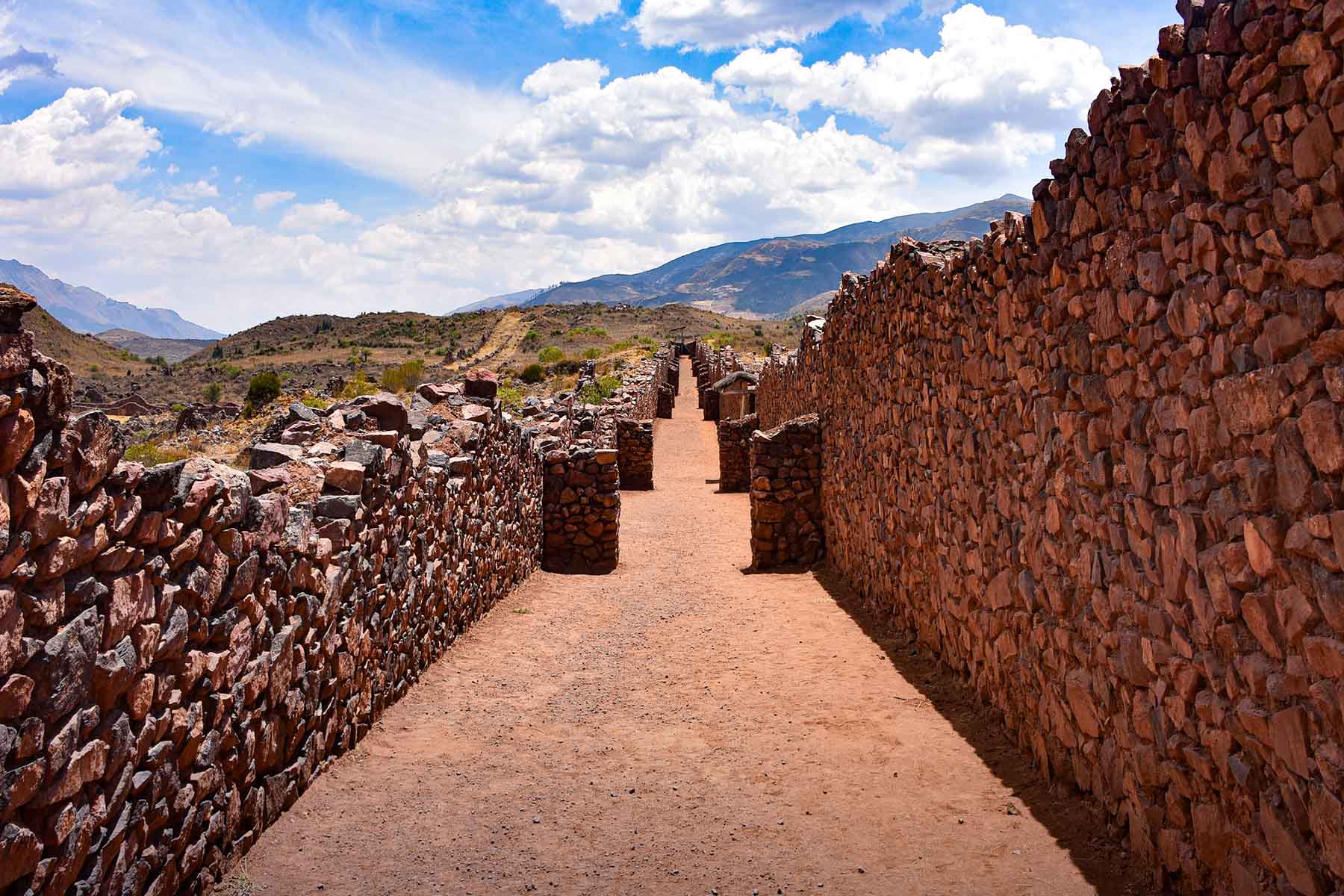
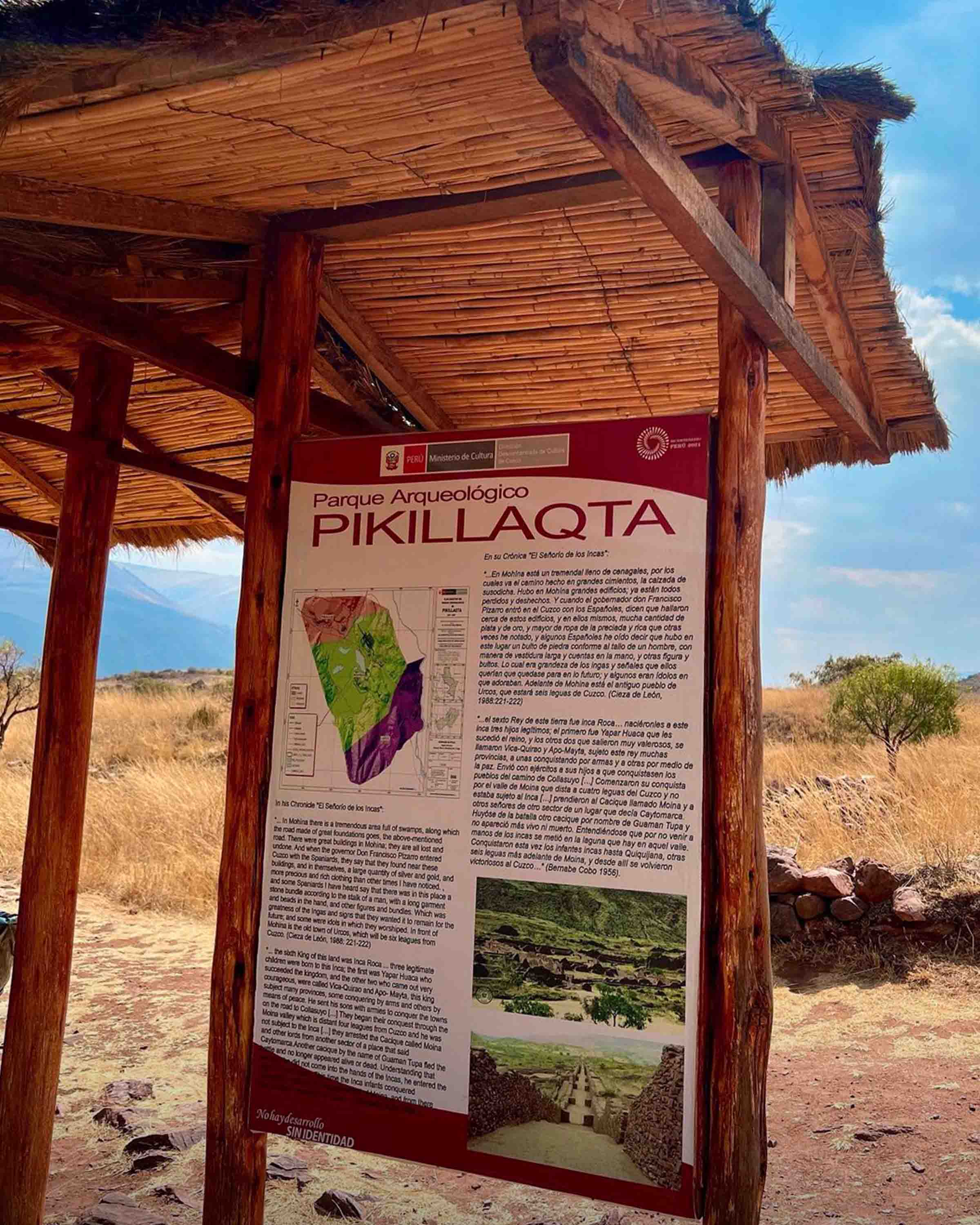
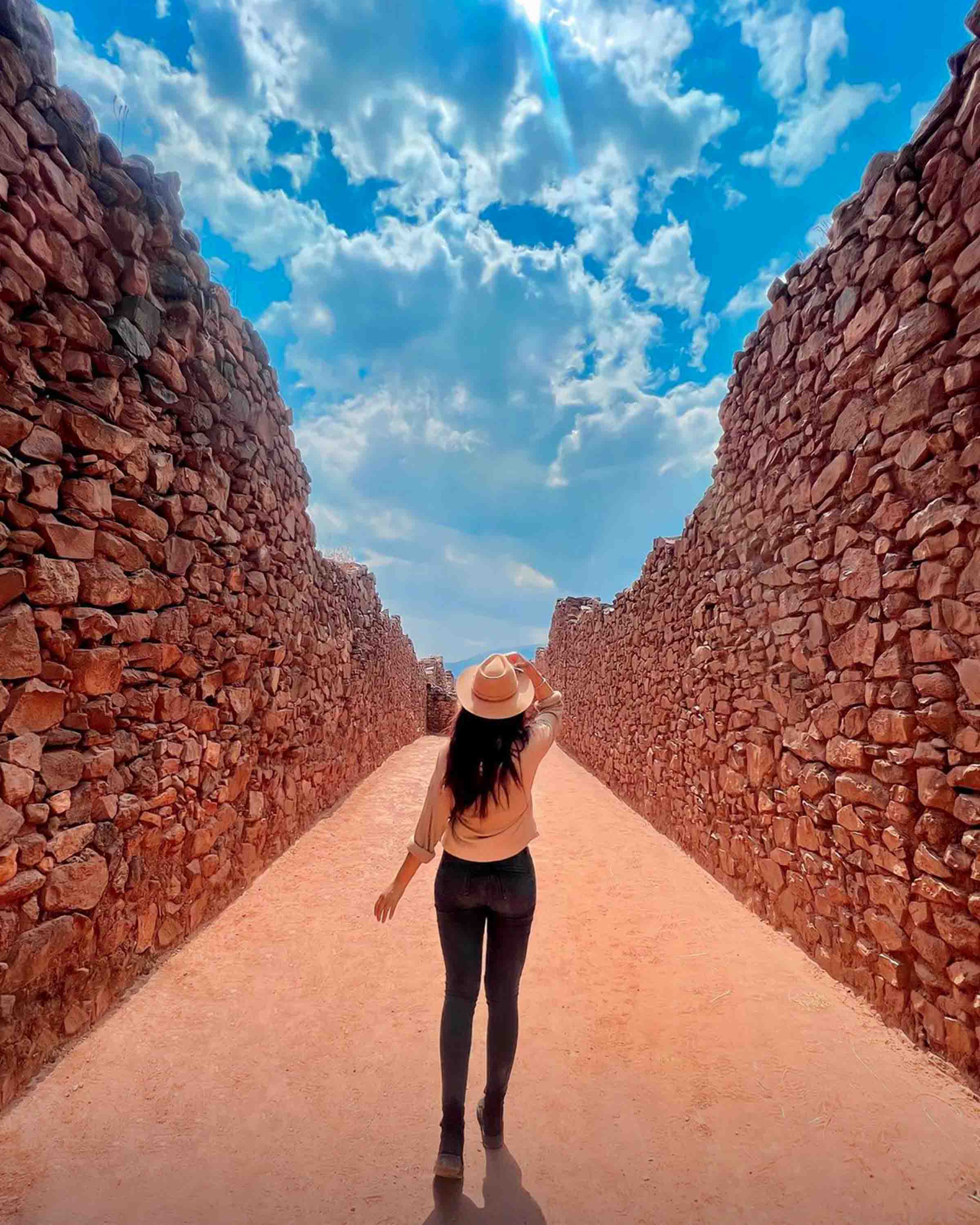
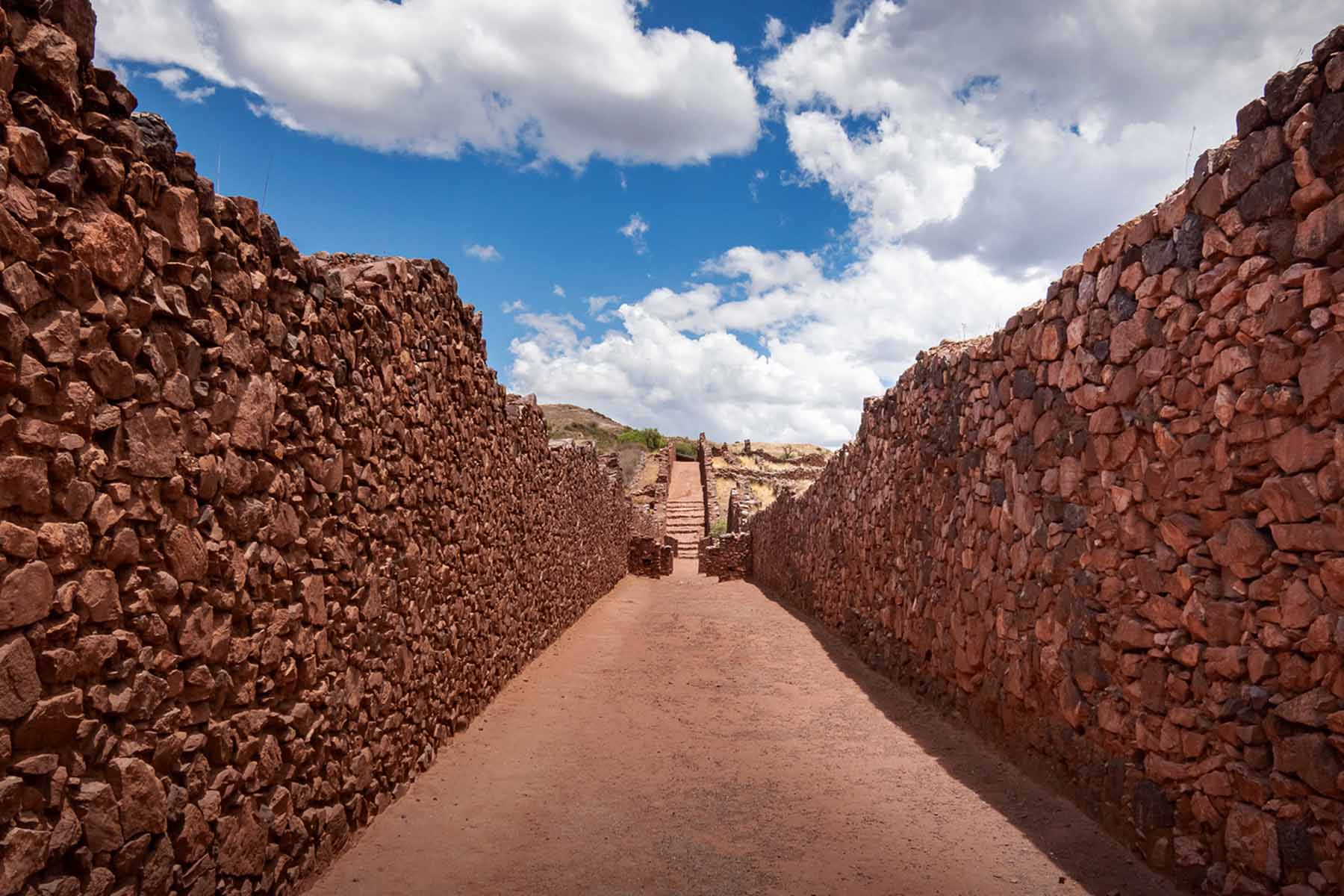
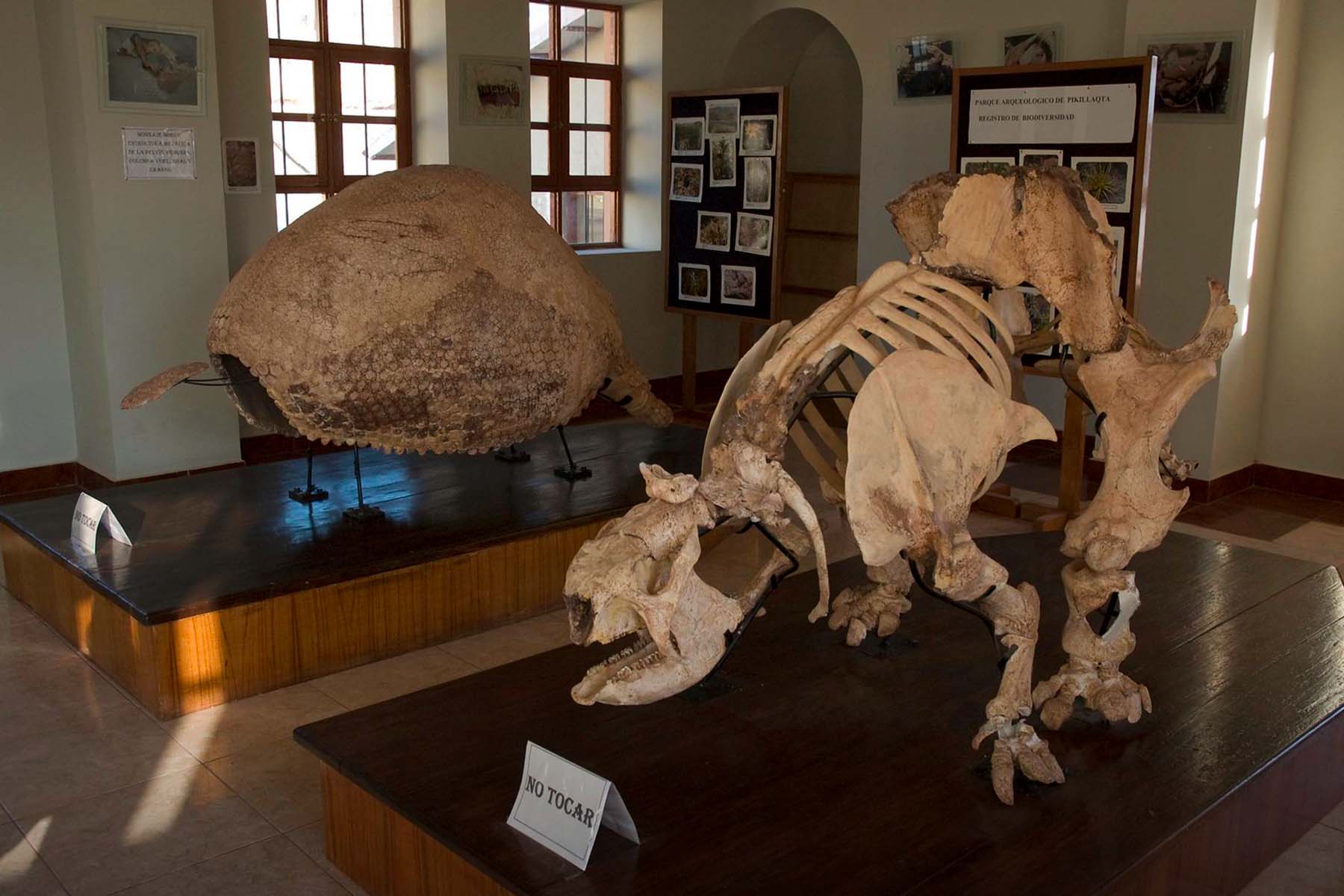
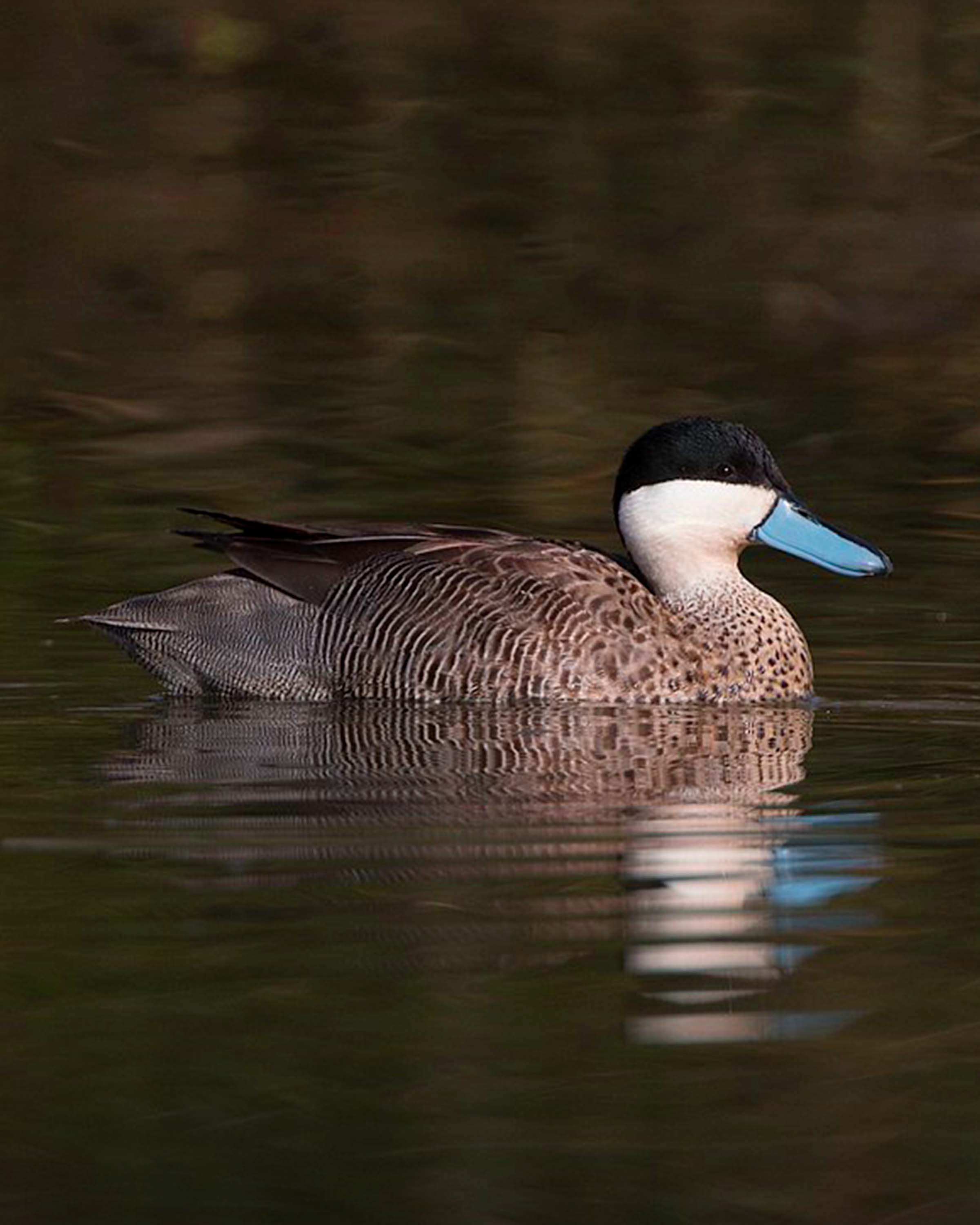
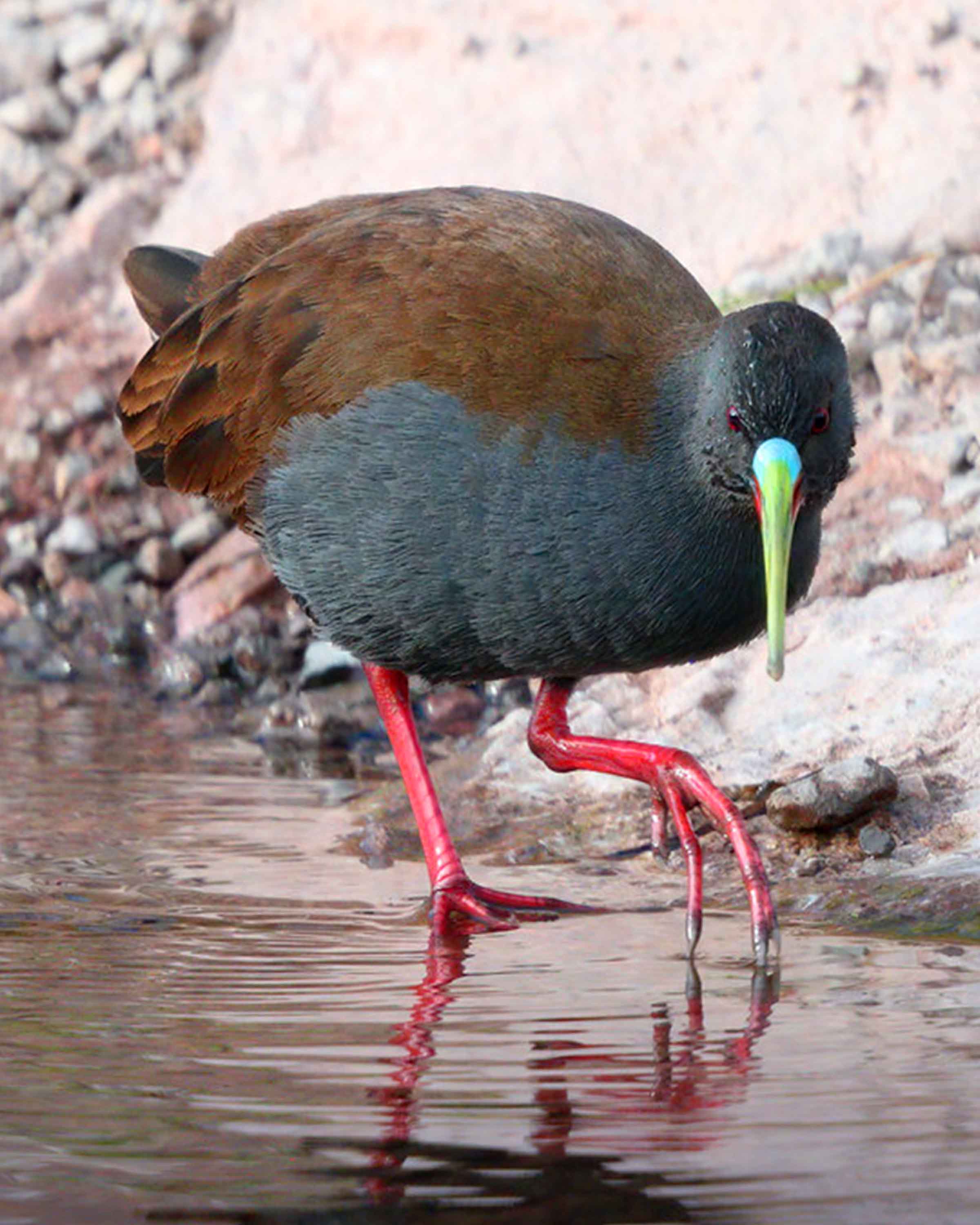
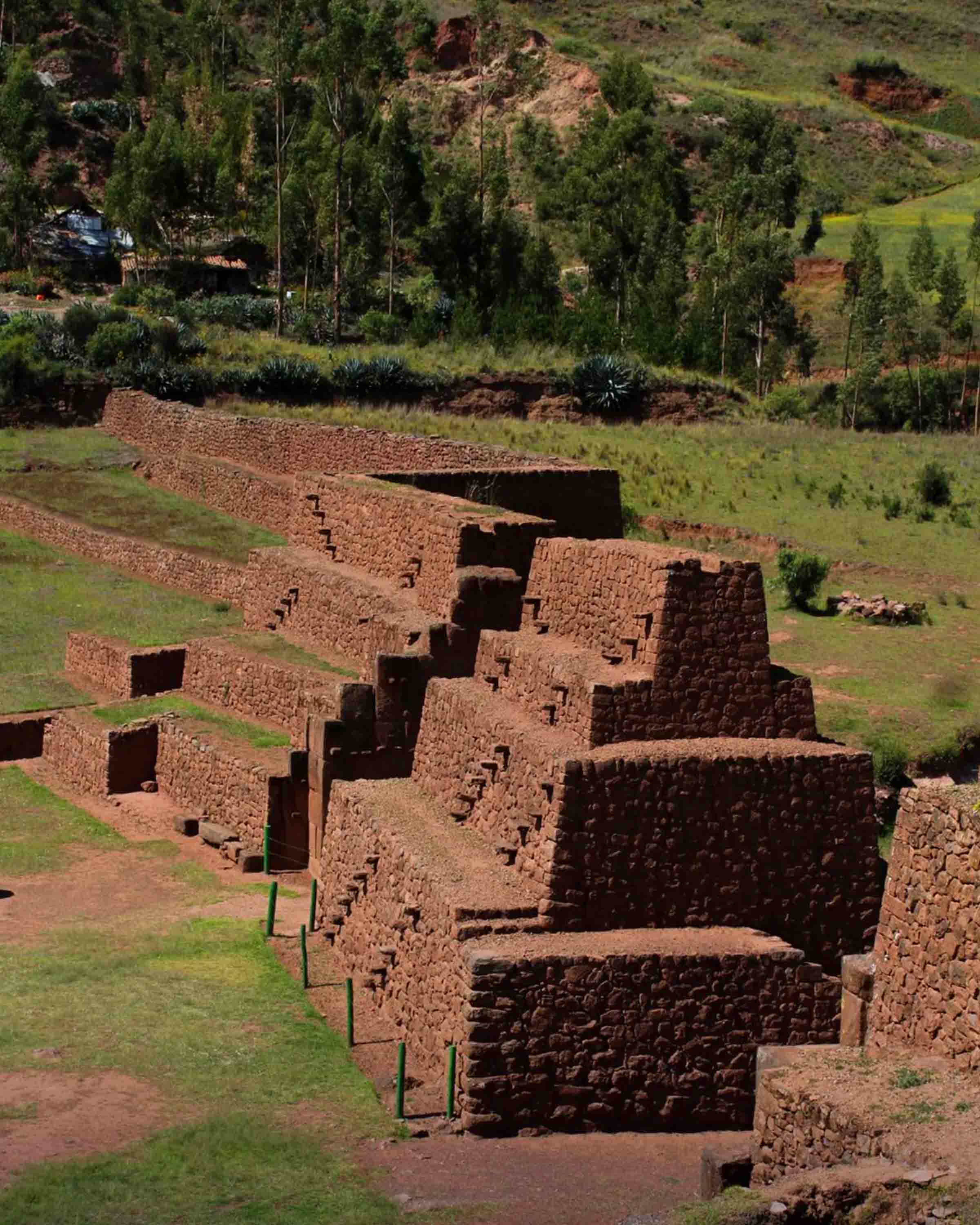
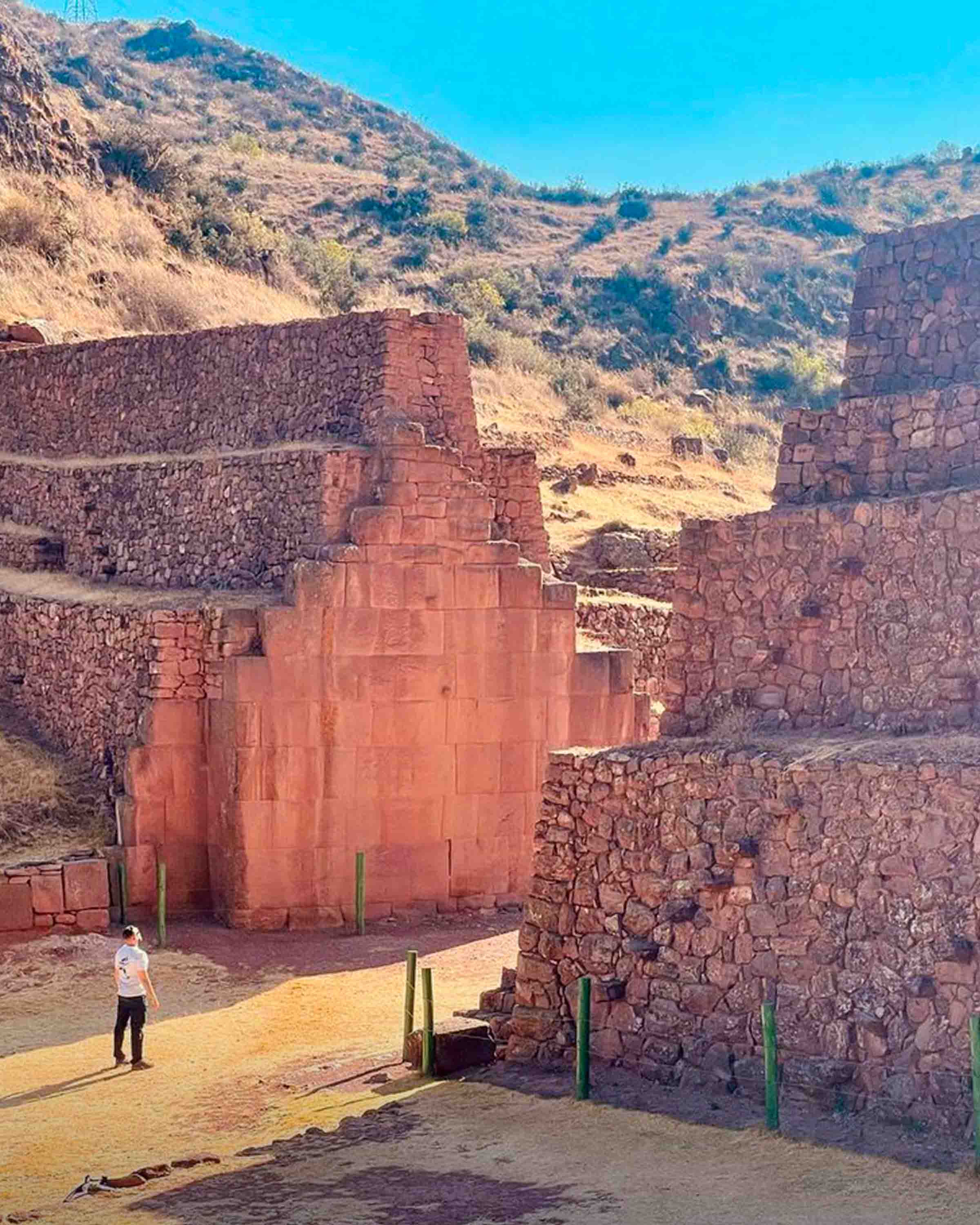
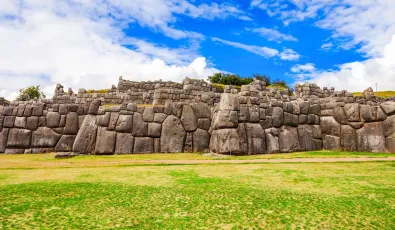
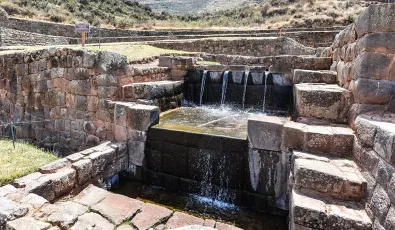
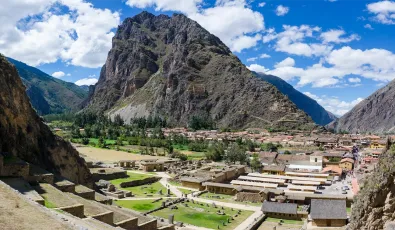
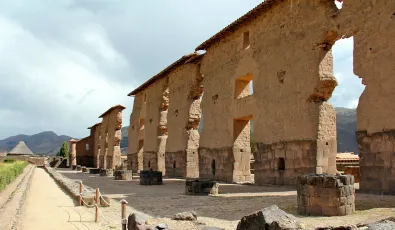

Add new comment